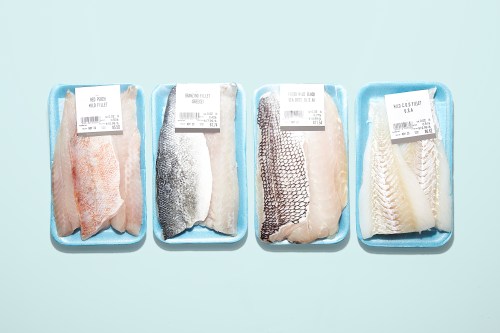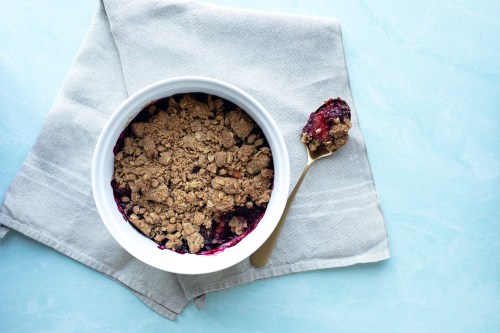You Should Never Defrost Fish in Vacuum-Sealed Packaging: Here’s Why
Seafood safety experts say there are dangers in the packaging of your frozen fish. This is what you should do instead.

While fresh fish may seem like the best option when it comes to purchasing seafood, there are actually many benefits to buying from the freezer aisle. Unless you have access to a local fishmonger, much of the “fresh fish” available at grocery stores has been previously frozen in transport anyway. Often, the freshest option is to buy frozen, as commercially available fish is typically frozen within hours of being caught (if not sooner).
Frozen fish is generally sold in vacuum-sealed packaging which offers a number of benefits. The lack of oxygen helps keep the fish looking and tasting its freshest, plus the slim profile of the packaging is convenient for storing in your home freezer (it won’t take up much space). But there’s one very important thing you should know about frozen vacuum-packaged fish: Defrosting fish inside this sealed packaging can be dangerous.
Why can’t you defrost fish in its original packaging?
With all of its advantages, it can be hard to believe that vacuum-sealed packaging can present any risk. Defrosting frozen fish inside its original packaging seems like the convenient, obvious choice—so clean and contained. Plus, if the lack of oxygen helps keep the fish fresh, then how can it be dangerous? It all comes down to a toxin produced by Clostridium botulinum, the bacteria responsible for causing botulism, a rare but serious illness most commonly associated with canned products that have been improperly processed.
“In low-oxygen environments, like vacuum-packaged, canned, or preserved foods, these spores can grow and produce a toxin which attacks the nervous system,” says Alyssa Pilot, a food safety specialist at the Washington State Department of Health. “A tiny amount of this toxin can cause severe symptoms and is often fatal if not treated immediately.” Pilot also notes that botulism cannot be seen, smelled, or tasted, so it’s impossible to tell if food has been contaminated or not. According to the Centers for Disease Control (CDC), symptoms of botulism include muscle weakness, blurred vision, and difficulty breathing or swallowing.
How does botulism even get in frozen fish packaging?
Frozen fish is especially susceptible to botulism contamination due to a specific type of the bacteria that’s found in aquatic environments—type E. What sets botulism type E apart is its ability to withstand very cold temperatures. “Clostridium botulinum Type E can also grow at low temperatures down to 38°F,” says Michael Ciaramella, a seafood safety and technology specialist at New York Sea Grant, Cornell. The Food and Drug Administration (FDA) recommends that home refrigerators are kept at 40°F or below, so it’s possible that your home refrigerator may not be cold enough to keep this toxin at bay.
“Leaving thawed vacuum-packed seafood products in the home refrigerator can increase the risk of toxin formation,” says Ciaramella, and notes that this is why you’ll often see frozen fish labeled with directions to keep frozen until used.
How should you safely defrost frozen fish?
Most fish will taste better if you don’t cook it directly from the freezer, so how *should* you safely defrost it? Well, according to both Pilot and Ciaramella, you’ll want to start by opening the packaging. By allowing the fish to come in contact with oxygen, the chances of the dangerous toxin being produced are greatly reduced.
“The safest way to thaw frozen fish is to remove it from any vacuum packaging and place in the refrigerator to defrost,” says Pilot. “Keeping the fish at a safe temperature (41°F or below) helps prevent bacteria from growing.”
Interestingly, the same precautions are not necessary for other vacuum-sealed food products, including meats, as they don’t carry the same risk for type E botulism. “If they are stored properly and cooked to a safe temperature, they are not at increased risk,” says Pilot.
But if you’re ever in doubt about how to handle your frozen food, Pilot reminds us that the most important thing we can do is follow any storage and cooking instructions written on the packaging.










